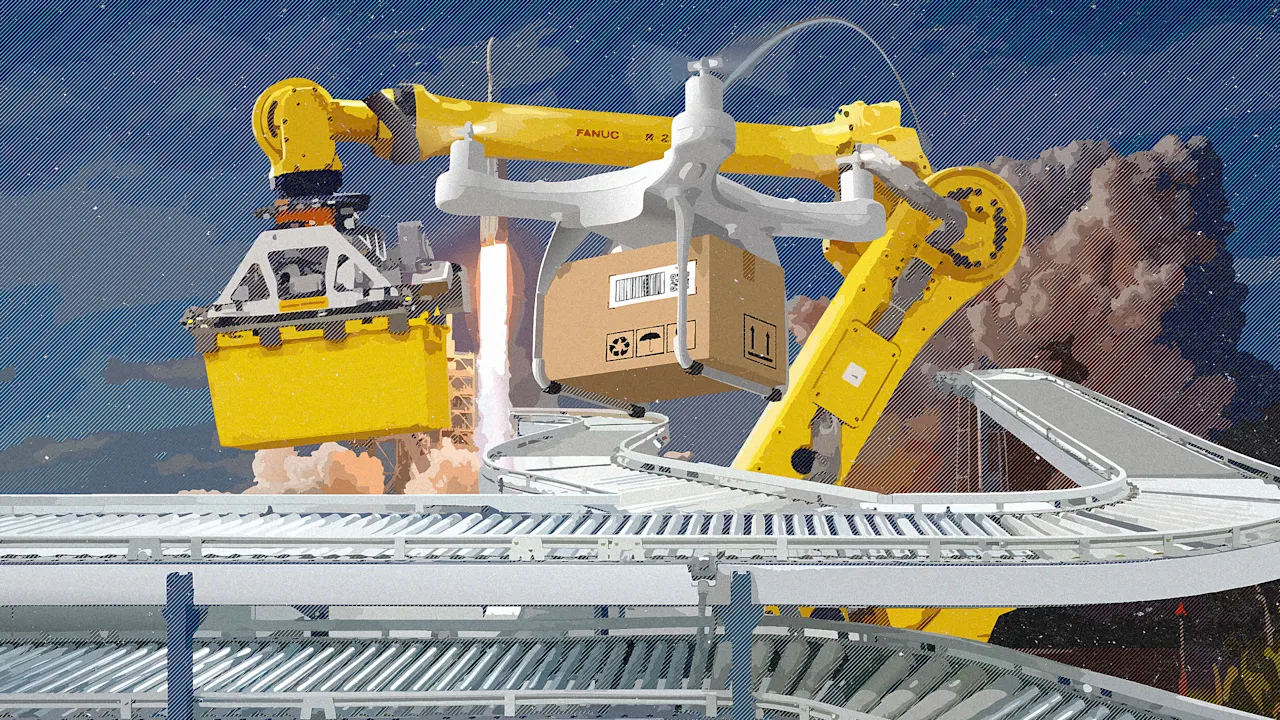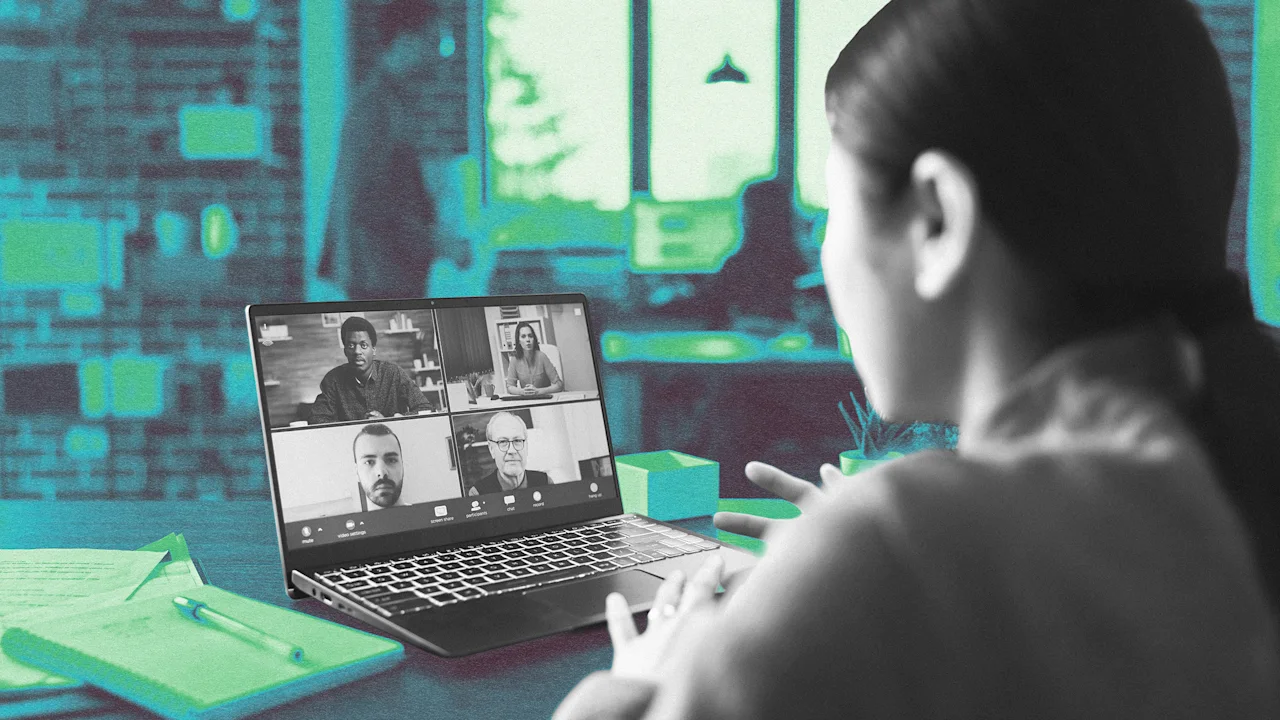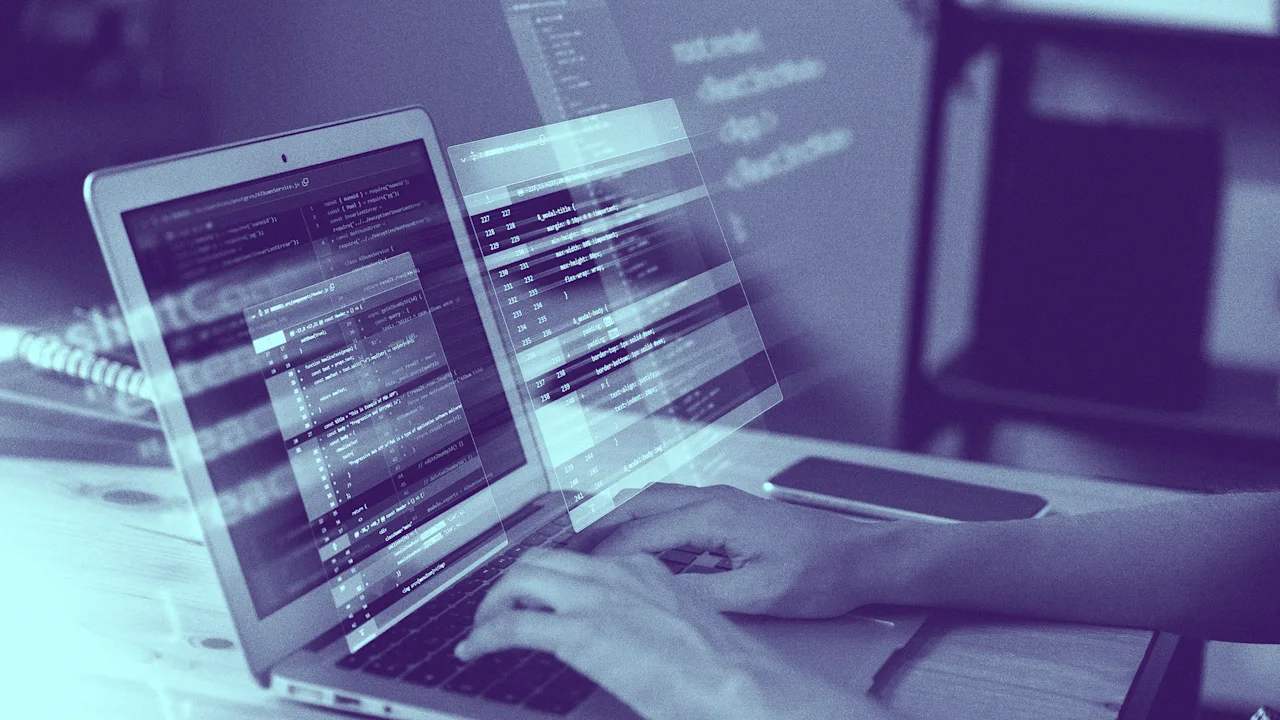Software nearly ate the world. Now builders and designers are taking it back

In 2011, Marc Andreessen boldly declared that “software is eating the world.” At the time, it was both a prediction and a provocation—one that came true faster than most imagined.
Nearly 15 years later, software has thoroughly disrupted most sectors, from media to utilities, embedding itself in all types of business. However, some industries that couldn’t be easily improved (“eaten”) by software have been overlooked, including measurably from an investment perspective. For instance, AI startups pulled in $131 billion in global venture capital funding in 2024 alone. Meanwhile total global VC funding in the robotics space stood at $100.9 billion between 2018 and 2024.
Why the disparity? Software is efficient, frictionless, scalable—and, for a time, it was deeply inspiring. But somewhere along the line, we over-indexed. We hyper-focused on funding and developing software designed to optimize everything—to squeeze out every last bit of efficiency and revenue. All the while, we watched the real world fade into the background.
But a new day is dawning. Different kinds of companies are stepping forward—companies trying to rebuild the world.
From logistics to defense, energy to mobility, a new generation of organizations is tackling hard, foundational problems—many of which were left behind in our rush to digitize and scale seemingly everything. These companies are developing unmanned drones, next-generation supply chains, smart robotics, and automated factories. They’re not launching apps; they’re launching rockets.
Call these companies The New Industrials.
These firms and founders heed lessons from our industrial past, but they are not fixated on nostalgia. Rather, they are impatient with the present. They see the limits of a purely digital world, and they’re pushing toward something more consequential. Something that runs on power, motion, material and design.
Because in this new wave, design isn’t decoration. It is direction. It’s the force turning intent into impact.
From Optimization to Originality
Much of the last two decades in design have been about making things more efficient: flatter UIs, faster onboarding, smarter defaults. But this “optimization era” came at a cost. We lost the muscle for originality.
The New Industrials are bringing it back.
Over the last several years, there has been increased funding and founder ambition across deep tech, defense, and frontier industries. From 2021 through mid-June 2024, venture capitalists invested a total of $130 billion in defense-tech startups alone. Sequoia, Andreessen Horowitz, Lux, and Founders Fund, leaders in the industry, all shifted more of their portfolios into these sectors.
Companies like Anduril, Epirus, and Saronic pushed into spaces that for many years, most founders wouldn’t touch—like defense or hardware. Today, companies in these hardware spaces are building with vision. They treat design not as polish, but as infrastructure—a critical tool for functionality and performance.
Other firms—like Auger in the supply chain sector—are blending deep operational complexity with elegant, user-first interfaces to solve physical problems. The company’s approach feels closer to consumer product design than legacy enterprise software. Its brand isn’t just a wrapper—it’s embedded in the system itself, helping the product operate seamlessly. The tools themselves feel as familiar and legible as a smartphone—and as powerful as a factory floor.
Patriotism Without Politics
This movement isn’t just industrial. It’s cultural.
In a fractured world, The New Industrials represent a unifying force: a return to building. These companies are not espousing politics—but they are rebuilding what America was once recognized for: innovation, ingenuity, clarity of purpose.
You can see it in their design choices. There’s a material honesty to their work. A rugged elegance. A preference for legibility over flash. It feels like a new kind of Americana—one built not on sentiment, but on capability.
And this movement is starting to break into the mainstream. The recently concluded Reindustrialize 2025, held in Detroit, welcomed a growing coalition of investors, technologists, manufacturers, and policymakers rallying around a techno-industrial renaissance. Thousands attended and watched online. Participation, varying from top defense officials to frontier founders such as Palmer Luckey, reinforced what many in this space already know: this is no longer fringe.
Why design is the lever
In this new era, seeing through the lens of design is how the biggest problems we face are understood, explored, and solved. It’s how we create solutions that are not just functional—but fundamentally better than anything that came before.
And today, an exciting generation of organizations is approaching these challenges through that lens. The New Industrials aren’t just designing products—they’re designing entire companies, systems, and strategies with cohesive intention. From supply chain platforms and electromagnetic weapons, to autonomous vehicles and national narratives, they are aligning product, brand, and interface.
In this way, design becomes an innovation engine. It’s how critical, often overlooked industries are boldly reimagined. How solutions to space travel, homeland security, automation, and so much more are conceived, crafted, and launched into the world.
Software may have nearly eaten the world. But it couldn’t digest the hard problems—the physical ones, the foundational ones. Now, the people who solve those problems—the engineers, the builders, the designers—are taking it back.
What's Your Reaction?
 Like
0
Like
0
 Dislike
0
Dislike
0
 Love
0
Love
0
 Funny
0
Funny
0
 Angry
0
Angry
0
 Sad
0
Sad
0
 Wow
0
Wow
0























































![Big Brother Recap: Lauren’s Snoozy HOH Comes to an End, as [Spoiler] Is Evicted From the House](https://tvline.com/wp-content/uploads/2025/07/Big-brother-eviction-week-3.png?#)




































